



Ethernet Physical Layer Chip Role
Ethernet Physical Layer (PHY) chips are crucial components in Ethernet communication and play a key role in modern network devices. PHY chips are located at the physical layer of the OSI (Open Systems Interconnection) model and serve as the foundation for data communication, handling the physical transmission of network signals. This article will explore the role, functions, working principles, and applications of Ethernet PHY chips in detail.
1. Basic Role of the Physical Layer Chip
The primary role of an Ethernet PHY chip is to convert digital signals from the upper data link layer into signals suitable for transmission over physical media (such as cables or optical fibers), while also converting received physical signals back into digital signals to be passed to the upper protocol layers. Specifically, it performs the following tasks:
- Signal Conversion: The PHY chip converts digital data into electrical signals for transmission over the medium. When receiving data, the PHY chip converts electrical signals back into digital data for processing by the device.
- Data Encoding and Decoding: The PHY chip uses encoding and decoding techniques to ensure that signals can be effectively transmitted over physical media. Common encoding methods include Manchester encoding and NRZ (Non-Return to Zero) encoding, which help improve data transmission reliability and efficiency.
- Physical Transmission Speed Support: Different types of PHY chips support various transmission speeds, typically including 10Mbps, 100Mbps, 1Gbps, and 10Gbps, to meet the needs of different application scenarios.
2. Functions of the Physical Layer Chip
Ethernet PHY chips have multiple functions to ensure stable and efficient data transmission across the network. The main functions include:
- Signal Modulation and Demodulation: The PHY chip uses modulation techniques (such as sine wave modulation) to encode the signal, enabling it to resist interference during transmission. At the receiving end, the PHY chip demodulates the signal to recover the original data.
- Data Transmission and Reception Management: The PHY chip handles the sending and receiving of network signals. It adjusts signal strength, transmission distance, and other parameters according to different communication standards (such as IEEE 802.3), ensuring the stability of network communication.
- Error Detection and Correction: PHY chips typically include basic error detection features, such as cyclic redundancy check (CRC), which can detect and correct simple errors during data transmission, thus enhancing the reliability of network transmission.
- Auto-Negotiation Function: Modern PHY chips often have an Auto-Negotiation function, which automatically selects the optimal transmission speed and half-duplex or full-duplex mode. This function is especially useful for ensuring the best connection performance when communicating between different types of network devices.
- Power Management: PHY chips also feature power management functions, which allow them to adjust power consumption automatically based on the network device's state (such as idle or active), reducing energy consumption and improving overall efficiency.
3. Working Principle of the Physical Layer Chip
The working principle of an Ethernet PHY chip is based on the modulation and demodulation of data streams and the management of physical signal transmission. The specific steps are as follows:
- Data Reception: When a network device sends data, the data link layer (such as the Ethernet MAC layer) passes the data to the physical layer. The PHY chip first encodes and modulates the received digital signal, then converts it into an electrical signal suitable for transmission over the physical medium.
- Signal Transmission: The PHY chip transmits the modulated signal over the network medium (such as twisted-pair cables or optical fibers) to the destination. During this process, the PHY chip ensures the quality of the signal and minimizes the impact of external interference.
- Data Reception and Demodulation: When the data arrives at the receiving end, the PHY chip converts the received electrical signal back into a digital signal through demodulation and passes it to the data link layer for further processing. The PHY chip uses decoding and error detection mechanisms to ensure the integrity of the signal.
- Data Transmission and Feedback: The PHY chip can also provide feedback on the transmission status, such as the quality of the link, signal strength, and other information, based on the transmission speed and medium type.
4. Applications of the Physical Layer Chip in Networks
As network technology continues to evolve, the application of Ethernet PHY chips is becoming increasingly widespread across different fields. Here are several typical application scenarios:
- Enterprise Networks and Data Centers: PHY chips are widely used in enterprise network devices such as switches, routers, and gateways to ensure efficient data transmission between different devices. Data centers require high-speed PHY chips to support higher data transmission rates, such as 1GbE, 10GbE, and even faster PHY chips.
- Home and Office Networks: In home or small office environments, PHY chips are commonly used in switches, routers, and home gateway devices to ensure stable connections between household devices and the internet.
- Industrial and IoT: With the widespread use of IoT devices, PHY chips play an important role in smart devices, surveillance cameras, sensors, and other IoT devices, supporting low power consumption and stable long-distance communication.
- High-definition Audio and Video Transmission: As high-definition video and audio streaming becomes more prevalent, PHY chips support high-bandwidth video transmission standards (such as Gigabit Ethernet, 10GbE, etc.), ensuring smooth video transmission.
5. Conclusion
Ethernet PHY chips play a crucial role in network communication by converting digital signals into electrical signals suitable for transmission over physical media while ensuring the integrity and stability of the signal. As network technology continues to evolve, the functions of PHY chips will expand and optimize, supporting higher bandwidth, lower latency, and more efficient power management. In the future, with the widespread adoption of 5G, IoT, and other emerging technologies, PHY chips will continue to play an increasingly important role in modern network architecture.

Please contact us if the source is mislabeled or violates your legal rights.
We will promptly correct and delete, thank you.
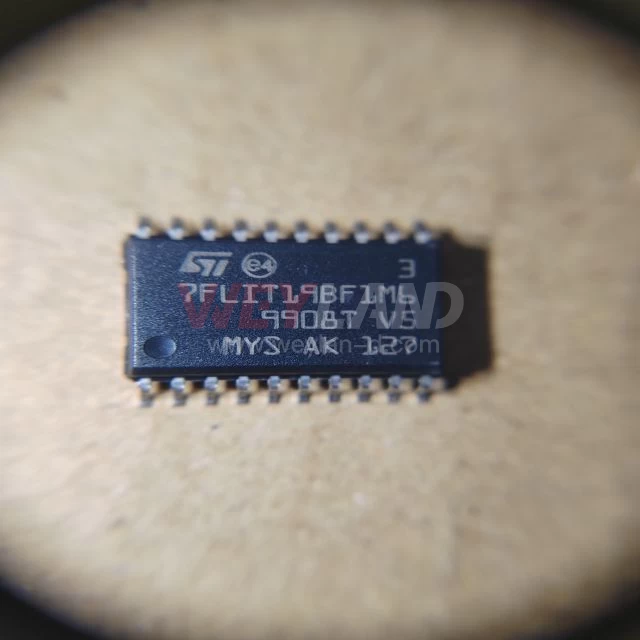

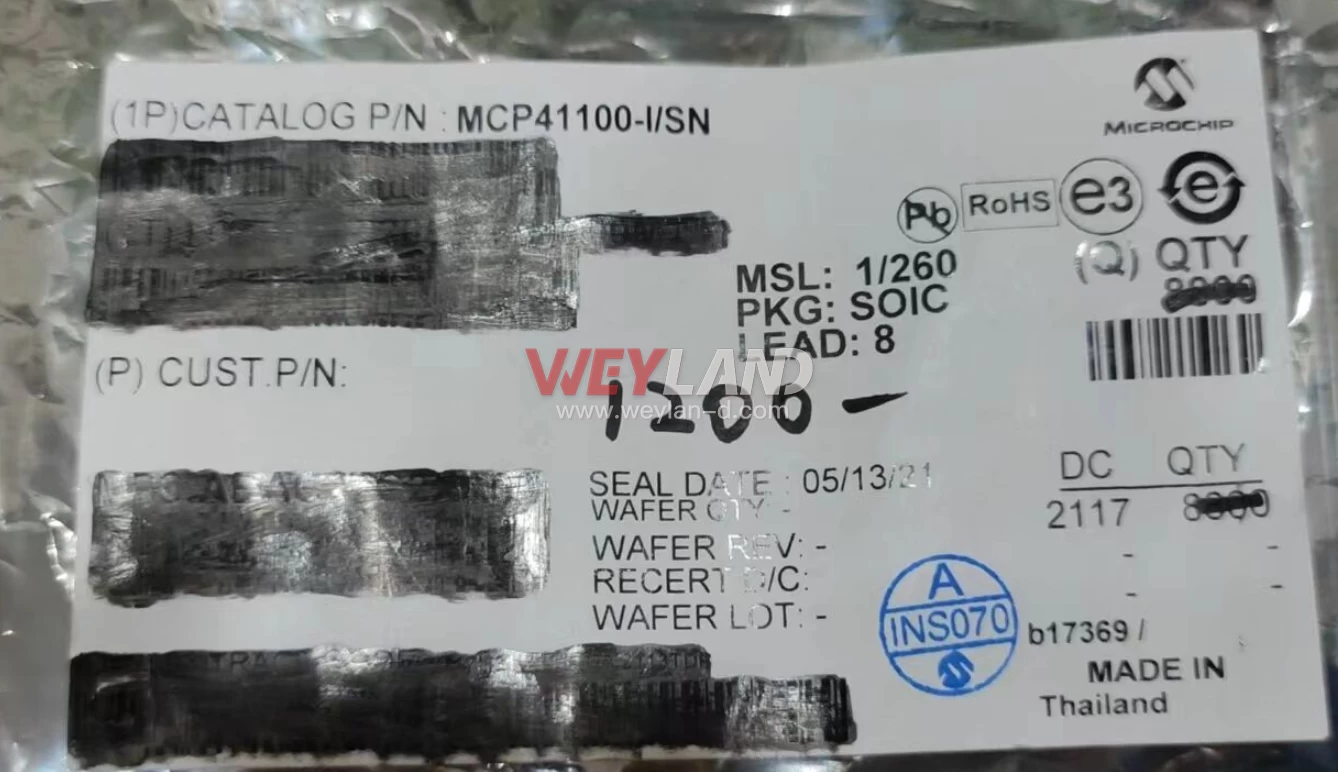
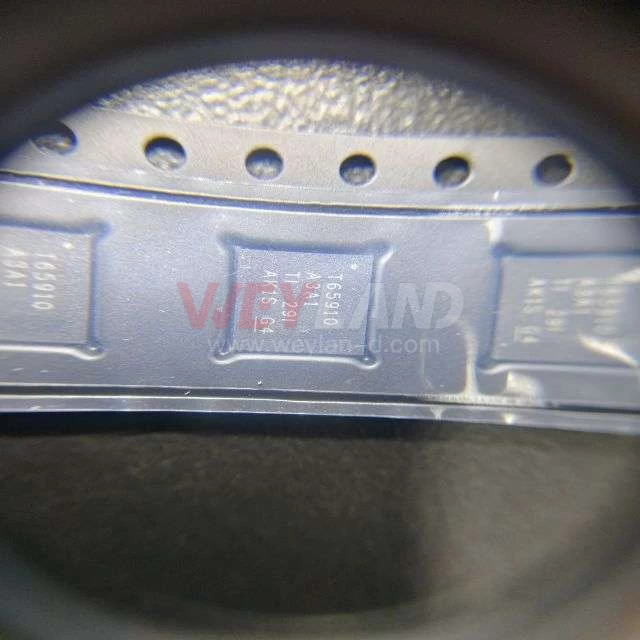
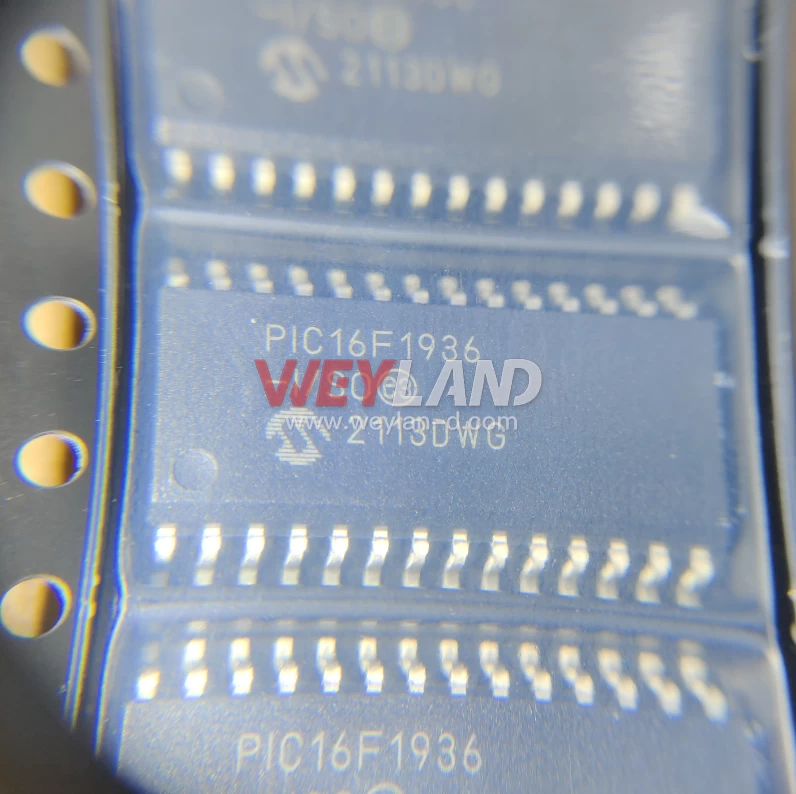

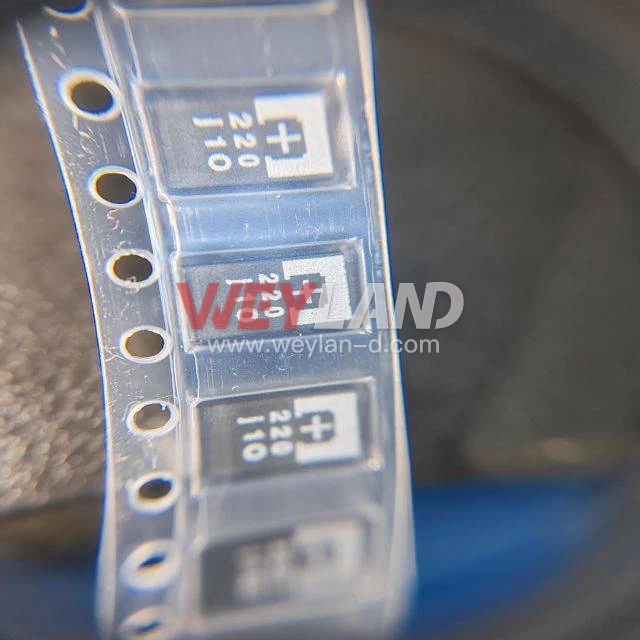
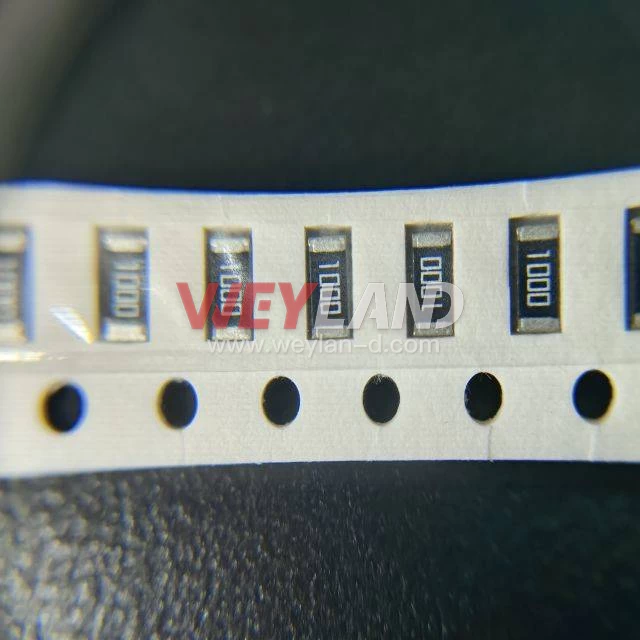
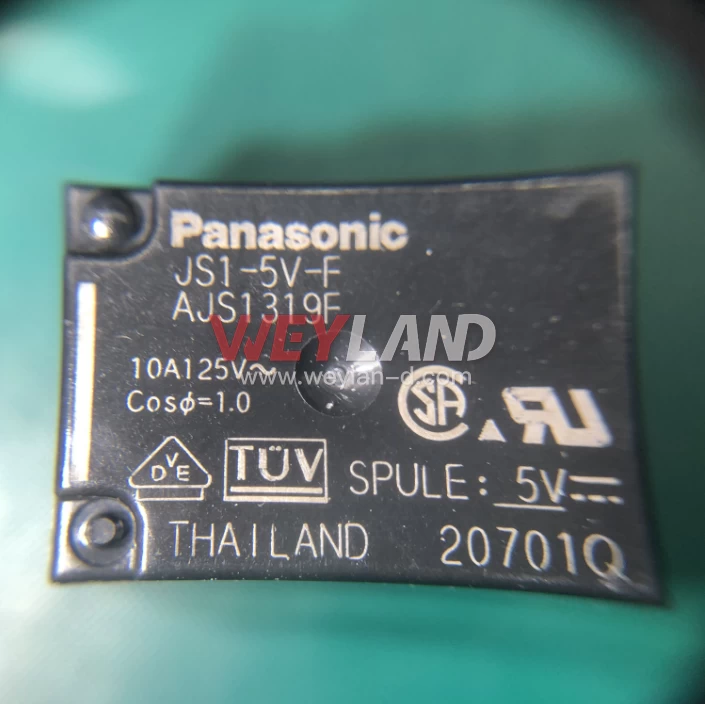
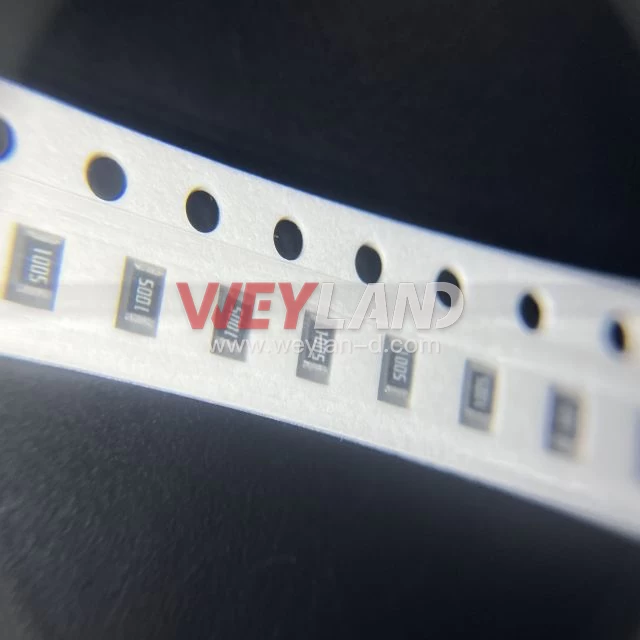
.9246509.png)












[email protected]
7500A BEACH ROAD #04-307 THE PLAZA SINGAPORE (199591)
RM 705.7/F.FA YUEN COMM BLDGNO.75-77.FA YUEN STREET.MONGKOK.KLN.HONG KONG
